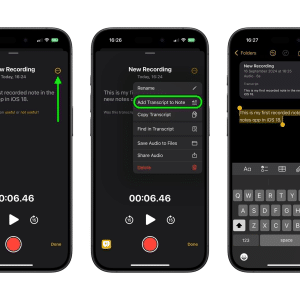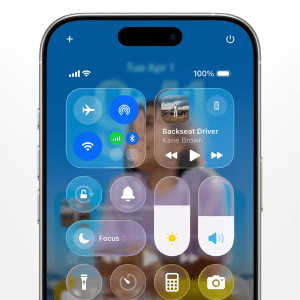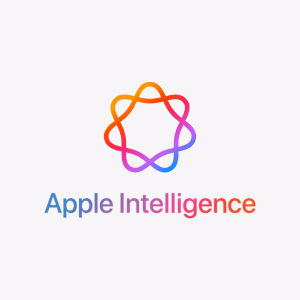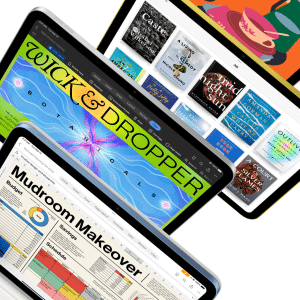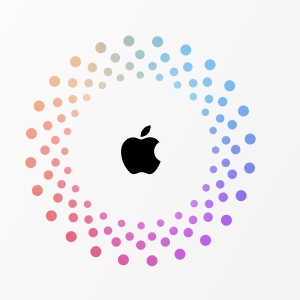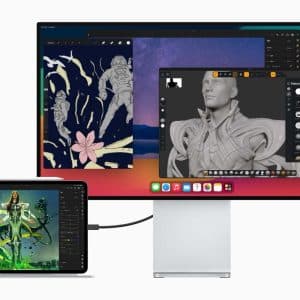 Not that long ago, drivers could get behind the wheel, start the engine and cruise down a country road, immune to the world’s distractions, unless they chose to turn on the (AM/FM) radio or pop in a cassette tape.
Not that long ago, drivers could get behind the wheel, start the engine and cruise down a country road, immune to the world’s distractions, unless they chose to turn on the (AM/FM) radio or pop in a cassette tape.
In-Car Tech to Pursue Drivers in 2014 and Beyond
Those days are long gone, as anyone who’s observed motorists with a smartphone all-but-glued to the side of their heads or, worse still, trying to text and drive, can attest. Today, many vehicle manufacturers, as well as aftermarket car stereo makers, offer systems that integrate a smartphone into the mix, allowing users to make and receive phone calls, hear text messages “read” to them via a computerized voice and, in some cases, view and hear GPS-based directions from a native or add-on mapping program. Juggling the device while concentrating on driving is, to say the least, hazardous, and often illegal. But what if those interactions could be made more safely? That’s the goal of two development efforts undertaken by companies well known for duking it out in the marketplace: Apple Inc. and Google. Over the past couple of years, Google’s Android operating system, found chiefly on smartphones and tablet computing devices, has grown to rival Apple’s iOS, which is found on the iPod music player, iPhone smartphone and the iPad tablet. The Google-sponsored Open Automotive Alliance, or OAA, claims “the Android ecosystem … has seen over one billion devices activated to date.” In September, Apple said the 700 millionth iOS device will have been shipped, a number that may well have been surpassed during a 2013 Christmas season that saw Apple’s products among the few winners. (At the start of 2013, Apple told financial analysts it expected to sell 1 billion iOS devices by 2015.) What is envisioned for the “techno-car” front end? On the Apple side, the firm has bold plans for what it calls “iOS in the Car,” in which the operating system behind the iPhone can be controlled from the dashboard, or even the steering wheel. According to the firm’s website, “If your vehicle is equipped with iOS in the Car, you can connect your iPhone 5 or later and interact with it using the car’s built-in display and controls or Siri Eyes Free. Now you can easily and safely make phone calls, access your music, send and receive messages, get directions, and more.” Apple’s promise is to have the iOS in the Car initiative integrate smartphone features and applications such as Apple’s Maps program, into a vehicle’s display screen. However, while Apple CEO Tim Cook and Senior Vice President Eddy Cue each took pains to boost the iOS effort at the firm’s mid-2013 developer conference, not much has happened since, although a 2014 launch is promised. Mr. Cue touted a range of car makers supposedly behind the Apple plan: Honda/Acura, Mercedes-Benz, Nissan/Infiniti, Ferrari, Chevrolet/Opel, Kia, Hyundai, Volvo and Jaguar among them, and there are reports that BMW/Mini is also onboard. None have yet been rolled out, however. The Android-based OAA has its roster of partners, too. A Jan. 6 announcement stated: Audi, GM, Honda and Hyundai are the car makers who’ve signed on so far, while Google and graphics board NVIDIA are also involved. “Millions of people are already familiar with Android and use it everyday,” said Sundar Pichai, senior vice president of Android, Chrome & Apps at Google, in that statement. “The expansion of the Android platform into automotive will allow our industry partners to more easily integrate mobile technology into cars and offer drivers a familiar, seamless experience so they can focus on the road.” According to Mary Chan, president of General Motors’ Global Connected Consumer unit, the OAA effort will present “an ecosystem that spans across vehicles and handheld mobile devices furthers our mission to bring vehicles into our owners’ digital lives and their digital lives into their vehicles.” “We see huge opportunities for the Android platform paired with OnStar 4G LTE connectivity in future Chevrolet, Buick, GMC and Cadillac vehicles,” she said. But as with Apple, there’s no definite timeline for product introductions. “Timing from each automaker will vary, but you can expect to see the first cars with Android integration by the end of this year,” the OAA announcement said. It didn’t say which manufacturers or models would come first. Along with timing, another unanswered question is whether car buyers will be able to choose between the Android- or Apple-based car systems on their desired vehicle. Each platform has its devoted fans, and there’s nothing to suggest that an OAA-based car would be iPhone-friendly, or that an iOS-supporting vehicle would do much with an Android smartphone. Indeed, industry analyst Rob Enderle of the Enderle Group in San Jose, said the OAA plan “is a program designed around Android and to promote Android. It directly attacks what was an iOS dominance in the car.” Asked if still more gadgetry behind the wheel could increase the incidence of distracted driving, Mr. Enderle said, “vendor-driven efforts tend to favor technology sales over safety until liability forces them to implement balance.” But he noted that makers are aware of the liability factors and “this program starts with the balance that wouldn’t otherwise exist.” Perhaps the greatest advantage of having an “auto-tainment” operating system for the car, whether it’s iOS or Android, is that both Google and Apple update these operating systems regularly. Mr. Enderle said he looked forward to being able “to better update the in-car systems so that the car I buy is no longer using obsolete technology when I buy it.”

